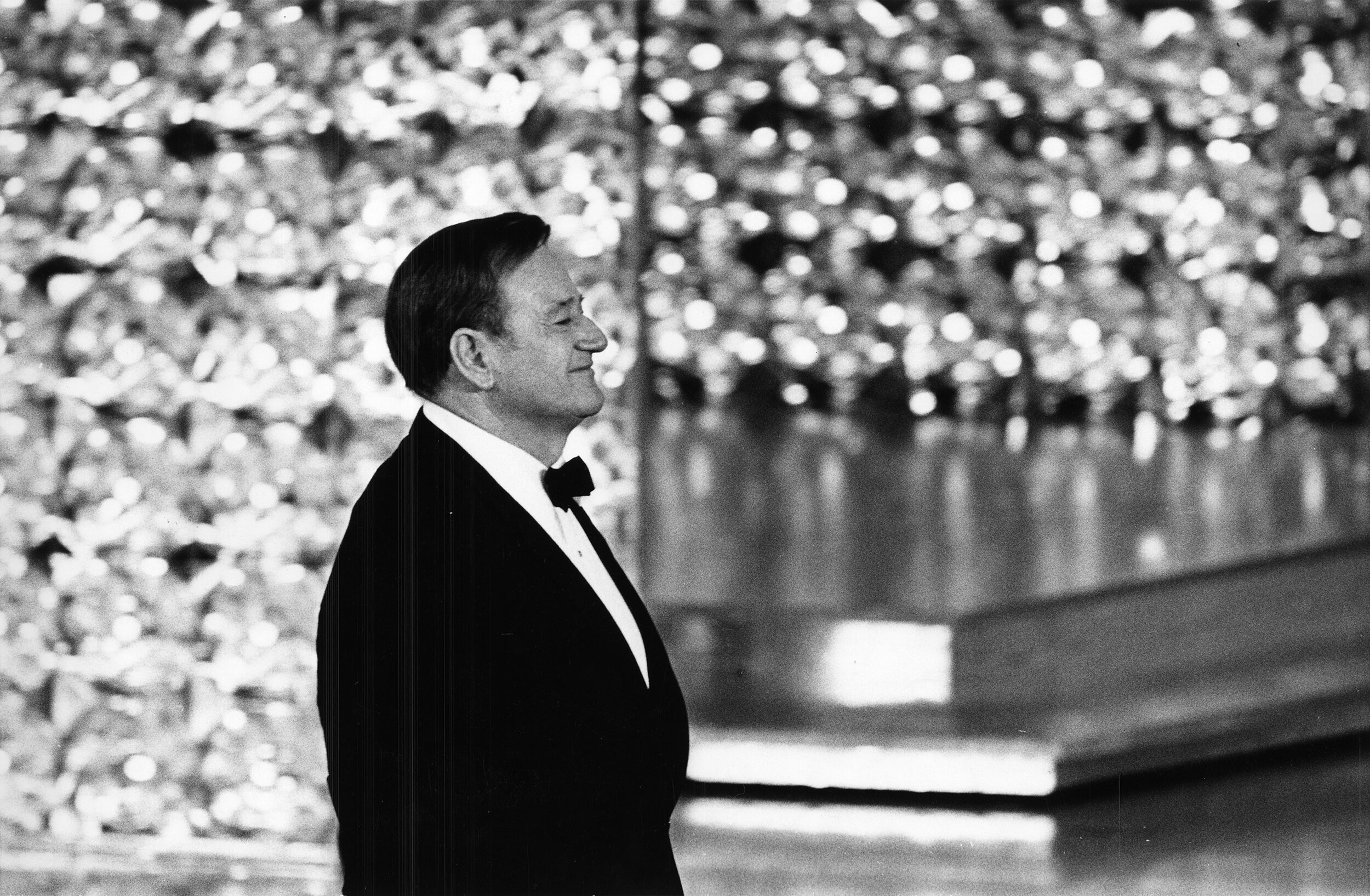The National Cowboy & Western Heritage Museum’s new exhibit comparing two eras of True Grit is−like the film itself−a classic.
Written by Jenn Thornton
It’s been 50 years since John Wayne stepped into the boots of one of the greatest characters in film history−the cantankerous, one-eyed Rooster Cogburn in True Grit, an adaptation of the acclaimed novel by Charles Portis. Now with the National Cowboy & Western Heritage Museum’s new exhibit, Two Grits: A Peek Behind the Eyepatch, the plot thickens.
“The intention is to better inform viewers about the 50th anniversary of the 1969 film and the 10th anniversary of the 2010 film, and how those films hewed close to the original novel,” says the Oklahoma City-based museum’s Michael R. Grauer, McCasland Chair of Cowboy Culture/curator of Cowboy Collections and Western Art. The show compares character development, cinematography and the narratives/screenplays for both films via the actors, material-culture artifacts and costumes, including those donned by both Kim Darby (1969) and Hailee Steinfeld (2010) as Mattie Ross, respectively, and from the 2010 reboot, Matt Damon as Le Boeuf. Among the big guns: Rooster’s rags. Along with the hat that Jeff Bridges wore as the ill-mannered U.S. marshal is the dress (neckerchief, cowboy boots and eyepatch included) that John Wayne bore as the beloved character, along with his Oscar for Best Actor and his personal script.
“The intention is to better inform viewers about the 50th anniversary of the 1969 film and the 10th anniversary of the 2010 film, and how those films hewed close to the original novel.”
Thematically, the True Grit story has cross-generational appeal. Of the two versions, the 1969 film is arguably the more popular and awarded, though its 2010 counterpart was nominated for 10 Oscars, as well, and is historically more accurate. “The West was a gritty, dirty, and dangerous place,” Grauer explains. “Social ills—prostitution, addiction, alcoholism, unsanitary conditions—were simply a part of life then” and the True Grit of recent years captures more of this reality. Yet, he adds, “the escapism of the 1969 version is also attractive” and thoroughly entertaining for it. Visually, the cinematography of the 1969 film is spectacular but, Grauer notes, not representative of Indian Territory or Arkansas, which the 2010 film gets mostly right. Among the similarities of the projects, for Grauer the most significant is the saltiness of the main character, Mattie Ross, who he deems essential in understanding the overall story and time. “There were plenty of women on the frontier who were tougher than a two-dollar steak,” he says, “and she represents them well.” Rooster Cogburn is another. Uncouth and messy, he is entirely human, and in this respect, all too relatable.
“There were plenty of women on the frontier who were tougher than a two-dollar steak, and she represents them well.”
Which bring us ‘round to Wayne. With the museum’s John Wayne Collection, a section of the Western Performers Gallery devoted to him, and a bronze of the actor outside its theater, his memory was top-of-mind while assembling the exhibit. Grauer had close access to the Wayne family but would have liked to ask the late actor a question: What was it like to work with his True Grit co-star Robert Duvall, whose Augustus McRae in Lonesome Dove would also become signature figure. “Both men played Western characters throughout their careers, and both won Best Actor Academy Awards for Western characters.” To this he has a follow up: “Perhaps we should ask that of Rooster Cogburn?” Heavens know what he might say. Two Grits: A Peek Behind the Eyepatch runs Nov. 15-March 10, 2020.





